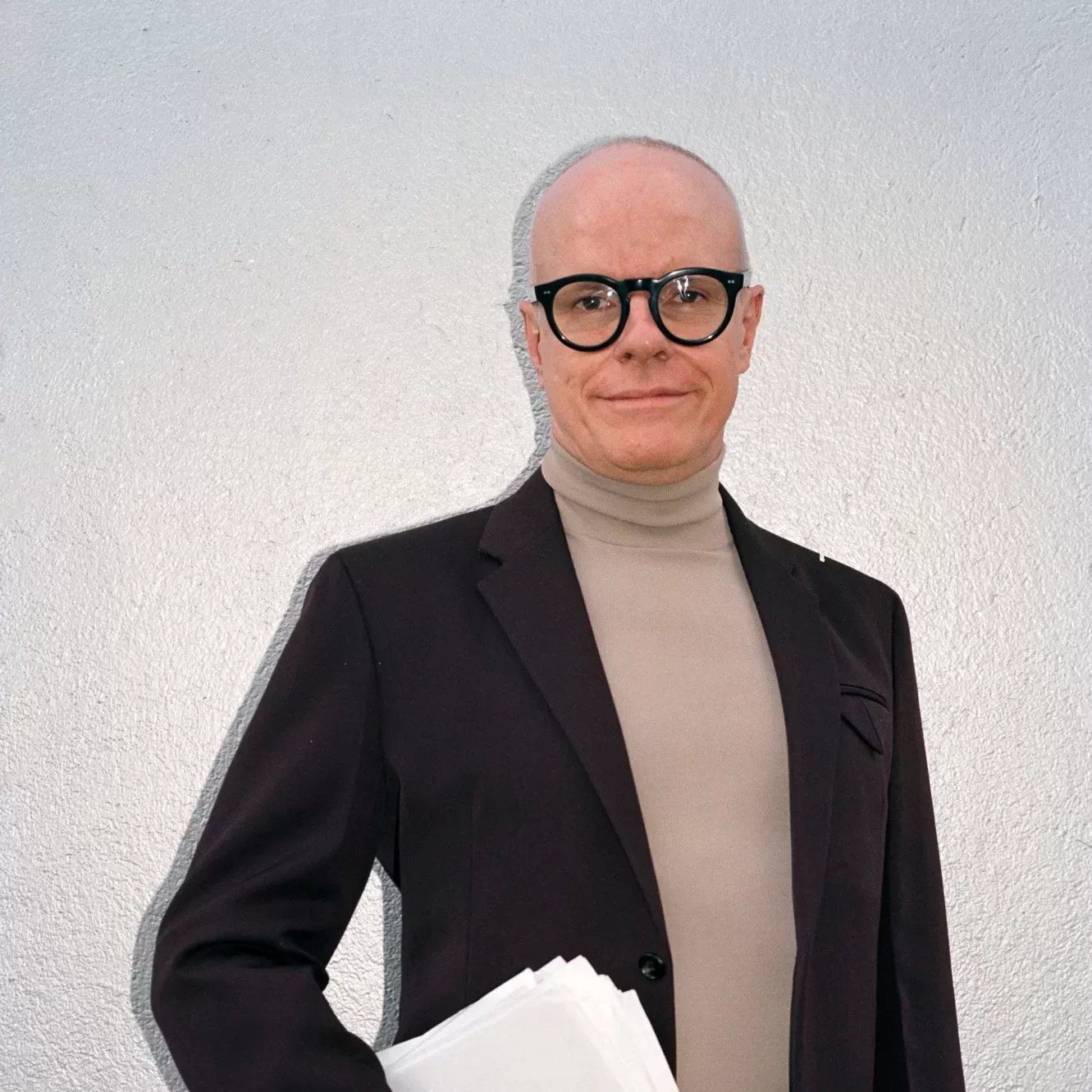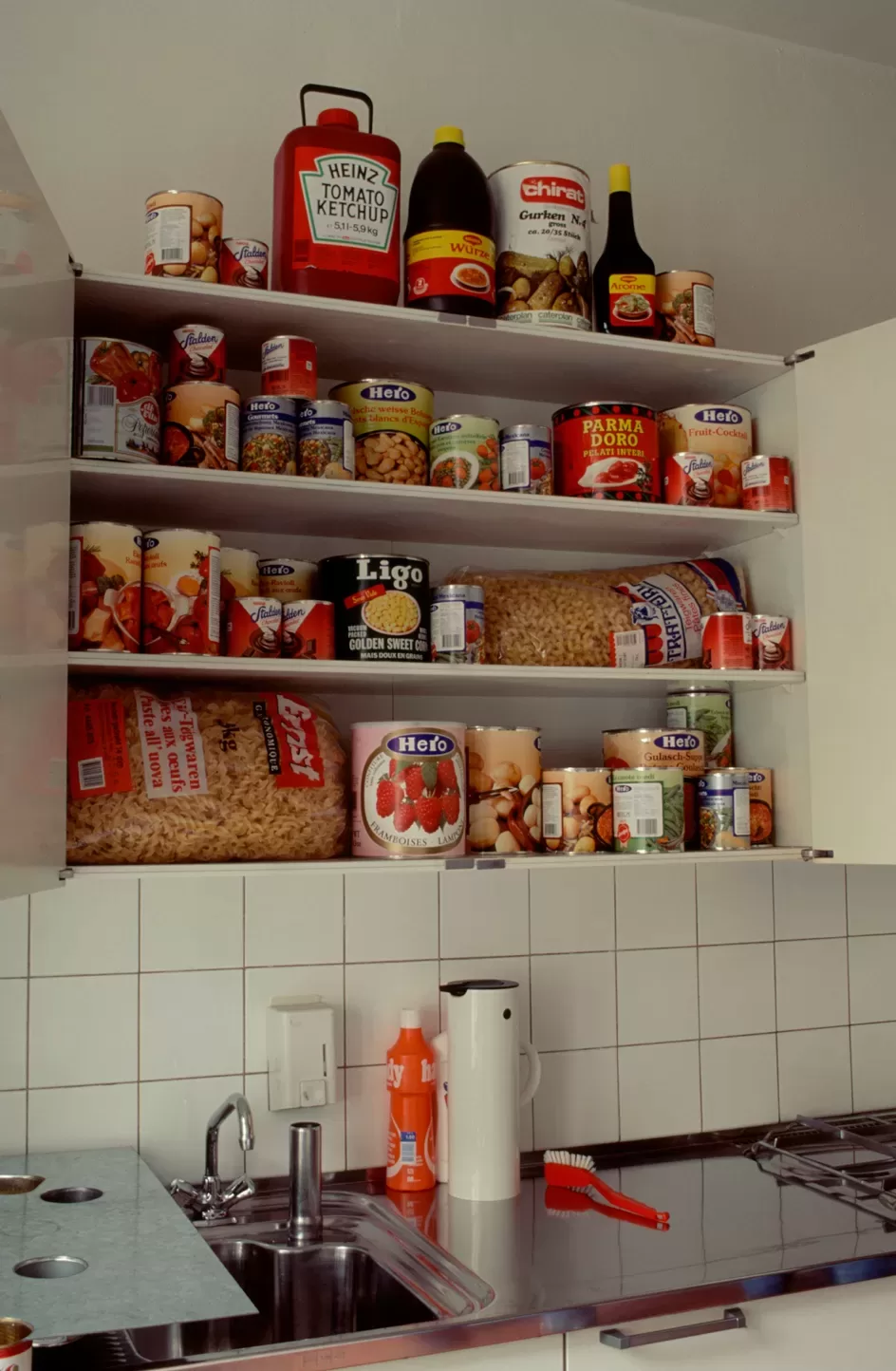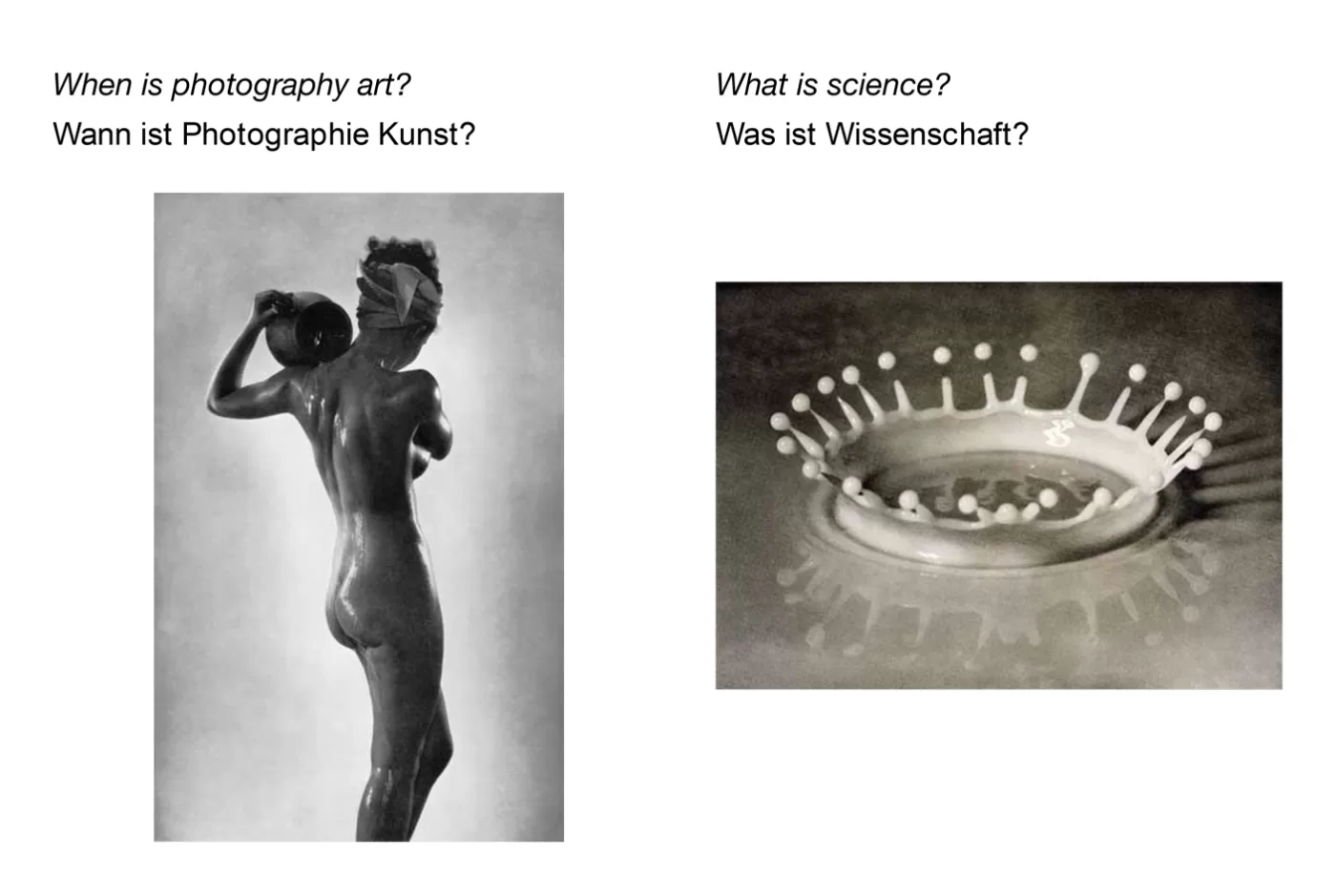Hans Ulrich Obrist’s Rejection Letter: “I’m eternally grateful they rejected me”
7 min read
Rejection happens, even to those at the top of their game. So how did they overcome it? This week, acclaimed curator and director of London’s Serpentine Galleries, Hans Ulrich Obrist, shares his Rejection Letter

Photo: Lukas Wassmann
Rejection is a fascinating topic. I didn’t experience many early rejections because I always followed a DIY principle. In my mid-teens, I started to visit artists all over Europe by night train and began organising exhibitions. I didn’t have any invitations from museums or galleries, I just did everything myself. The first was ‘The Kitchen Show’, a group exhibition held in my own kitchen.
I had my first really big rejection in my early twenties. I went to New York for the first time and befriended Leon Golub and Nancy Spero – two amazing visionary American artists. Nancy visited the Costume Institute at the Met and didn’t understand why they only had these exhibitions with luxury dresses. Nancy had been working a lot with this idea of urgency, thinking about the social and environmental aspects of fashion; in a way, survival fashion. I did some research and found that many people were interested in this idea, so we said, “let’s do it” and I called the director to propose a show. It wasn’t ‘anti-fashion’, but it was the opposite kind of show that the Costume Institute does. He said he was extremely busy, but that we could have a meeting at 8 am. That was the next problem because Nancy Spero never got out of bed before noon, but we managed to get to the Met by 7:55 am. The project proposal was quite elaborate but he listened to us for about half an hour and asked lots of questions.

Installation view from ‘The Kitchen Show’ by Hans Ulrich Obrist, 1991. Photography by Fichli & Weiss
Two weeks later, Nancy and I got a rejection letter. It was very firm. I was really sad, but Nancy said “I’ve been doing this for 50 years, don’t be demoralised.” She built up my morale. I was always lucky to have many mentors. I think mentors are so important for young creatives in all disciplines; they can be as important as school or university.
The Italian artist Alighiero Boetti was another mentor of mine. He said very few people listen to artists and that we need to change our relationship with rejection. Rejection has a stigma to it, and we don’t talk about it enough. He said the only profession that doesn’t have a stigma with failed, rejected or unrealised projects is architecture. In architecture, there is a competition system. And we do know a lot about unrealised architectural projects, like those by Zaha Hadid who built the Serpentine North Gallery. For many years, all her work was unrealised but published, and then all of a sudden the world caught up.
Boetti said to me that as a curator, you should ask artists about their rejected or unrealised projects, and then help make them happen. Because some great projects have been rejected or didn’t fit into the parameters. Now, whenever I meet artists, I ask them about their unrealised projects. The range is huge: there are rejections, there are projects that are too big to be realised, projects that are only partially unrealisable, but most importantly, there are always self-rejected projects. I always wanted to write a novel, but thought I was going to embarrass myself, so I haven’t done it. Nobody else rejected that project, I self-rejected it.
There is a whole reservoir out there of unrealised projects and I became passionate about finding and helping to realise them. It’s not like seeing them as artists’ dreams; many of these projects could be realised if the institutions were thinking more outside the box and not within rigid parameters. This is a really important thing at Serpentine.
 I always wanted to write a novel, but thought I was going to embarrass myself, so I haven’t done it. Nobody else rejected that project, I self-rejected it.
I always wanted to write a novel, but thought I was going to embarrass myself, so I haven’t done it. Nobody else rejected that project, I self-rejected it. 
Hans Ulrich Obrist
Jeanne Moreau, who was another mentor of mine, told me that we are as much defined by the things we don’t do, as those we do. There were times I was grateful I was rejected. My whole art education was DIY; it didn’t come from university. But when things suddenly went so fast and I had dozens of invitations to do shows, I almost burnt out. When I was 27 or 28 I was invited for job interviews to run some quite big European art organisations. One was Witte de With in Holland (now the Kunstinstituut Melly). I was a finalist and I’m eternally grateful they rejected me. I wasn’t ready to be a director at that point, I needed years to learn.
It’s also about not giving up. I was very inspired by Raoul Vaneigem, one of the leading Situationists. I always dreamt of creating a book with him, but he famously didn’t do interviews. We had long conversations via letter, and he sent me one telling me why he couldn’t do an interview. So I had the idea to do the interview by fax. I asked him if we could send each other faxes every day and from those create a little book. He was interested, but he set the rules of the game: no public book launch where he was present and no photos of him.
We really wanted to launch the book, but I was aware that he wouldn’t be there in person, so we found a theatre actor who read his texts and pretended to be him. I asked questions and the actor would answer; it became a great performance. Raoul agreed to have a beer together in Brussels after the event, so long as I didn’t photograph him.

Spread from Hans Ulrich Obrist and Hans-Peter Feldmann’s book, Interview, 2009
About a month later I was with Hans-Peter Feldmann. I wanted to interview him, but he also didn’t give interviews. I told him I just interviewed Raoul Vaneigem over fax and he said, “Ok, well you could send me questions and I’ll send you an image in response to each.”
When a project doesn’t happen initially, it can still happen later, or even become part of a different project. But often, they will use that material to build something else; it goes into the DNA of another project.
I also think that it’s important to form all kinds of alliances, particularly at the beginning; alliances with peers, but also unexpected alliances: with technologists and scientists. It’s important to go beyond the fear of pooling knowledge.